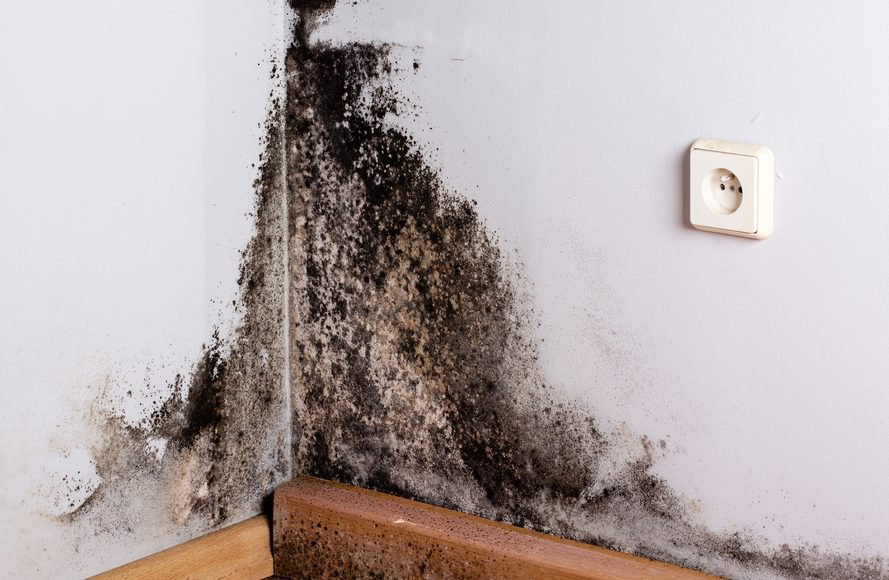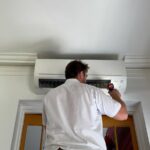Mold is a scourge and can cause everything from aesthetic issues to serious health problems.
Understanding how to prevent it and also ensuring you deal with it quickly and efficiently prevents its growth and spread.
AWA Environmental provide a variety of services that are there to help people in homesteads or buildings that have seen mold spread. They have helped us create the piece of content below, offering expert advice and tips on the matter.
How can I get rid of mold and damp?
If you have any mold or damp inside of your house, the first thing that you need to do is determine what is causing it. Mold and damp can negatively impact your health, so it is very important to eliminate it.
Causes of mold and damp

Excess moisture is the major cause of mold and damp. Moisture inside of buildings can be caused by increased damp in basements or on the ground floor, leaking pipes, or rain that seeps in around the window frames or due to the roof being damaged.
In a newly built house, damp may occur if water that was used when building the house is drying out still. To find out the source of damp in your home arrange an audit with AWA – they provide mold inspection Wilmington and surrounding areas.
Condensation
Condensation can also cause excessive moisture. When indoor air is unable to hold any additional moisture, condensation forms. Breathing without sufficient ventilation, drying clothes inside, showering, and cooking can all cause there to be excessive moisture. Droplets may form on various indoor surfaces such as on walls, windowsills, and mirrors, especially when the surfaces are cold.
You can do the following to help prevent condensation build-up:
- Avoid using bottled gas heaters or paraffin, dry clothes outside, place lids on saucepans
- Open your bedroom windows every morning for about 15 minutes
- Make sure your house is well-insulated
- Heat your house a bit more
- Ventilate rooms on a regular basis and leave doors open so that air can circulate except when you are showering or cooking
- If you are bathing, showering, or cooking – open the window, turn a fan on and close the door to the room that you are in
Repairs might be necessary to improve ventilation or eliminate leaks. After repairs have been made to your home, or if your house is damp due to being newly built, you might need to heat and ventilate it for several weeks in order to dry it out thoroughly.
How to get rid of mold

After you have identified and fixed the cause of the moisture in your house you can eliminate any mold. You might be able to remove the mold on your own, or you might need to have it removed by a professional.
You should only remove mold on your own if it was caused by condensation and the area it covers is less than 1 square meter. Don’t attempt to remove any mold yourself if contaminated water or sewage has caused it.
Protect yourself against mold sore by wearing goggles, a pair of long rubber gloves, and a mask that covers your mouth and your nose. Make sure the windows are open, however, keep the doors closed so that the spores do not spread to other parts of your house.
- Keep a plastic bag handy to throw away and moldy soft toys, clothes, or soft furnishings. You should have clothing professionally dry cleaned and shampoo your soft furnishings.
- Fill up a buck with mild detergent and water. You can use a dishwashing liquid or laundry detergent.
- Dip a rag in your soapy water and then wipe the mold carefully off of the wall.
- Be careful to not brush it since that can release mold spores.
- Once you are done, take a dry rag and wipe away any moisture off of the wall. Then put the rags inside of a plastic bag and put it in the garbage.
- Thoroughly clean all of the room’s surfaces by either vacuuming or wiping them down to get rid of any spores.






